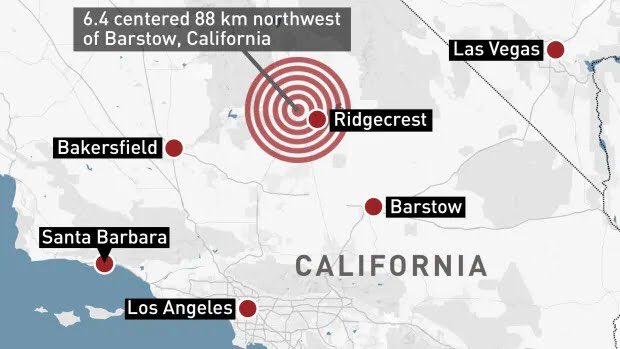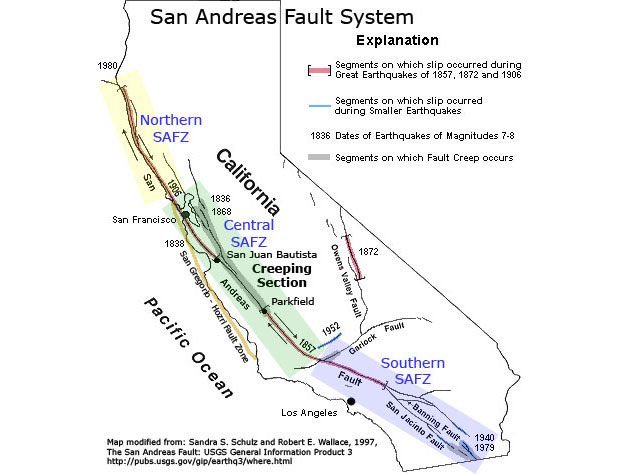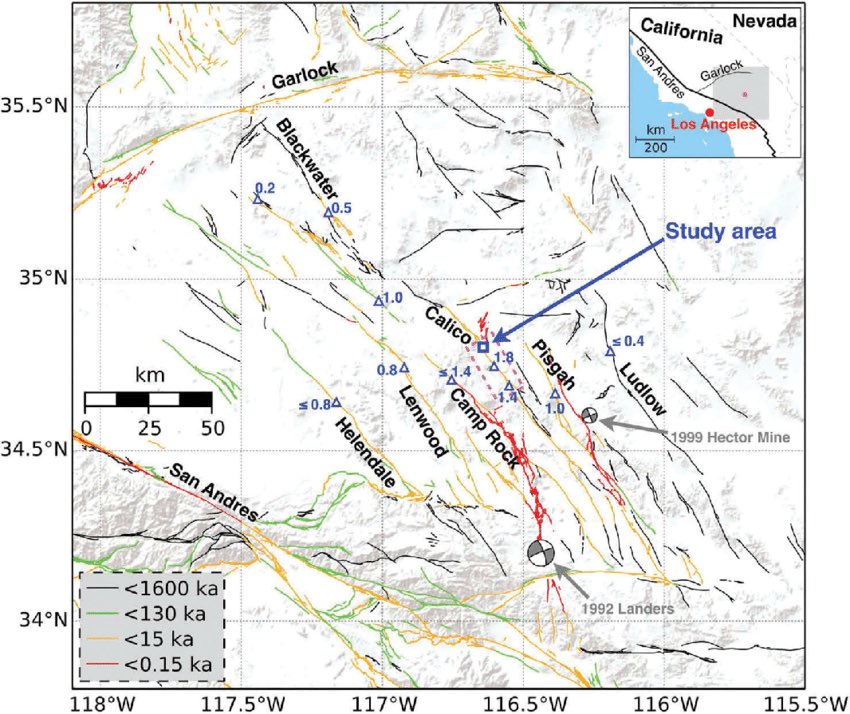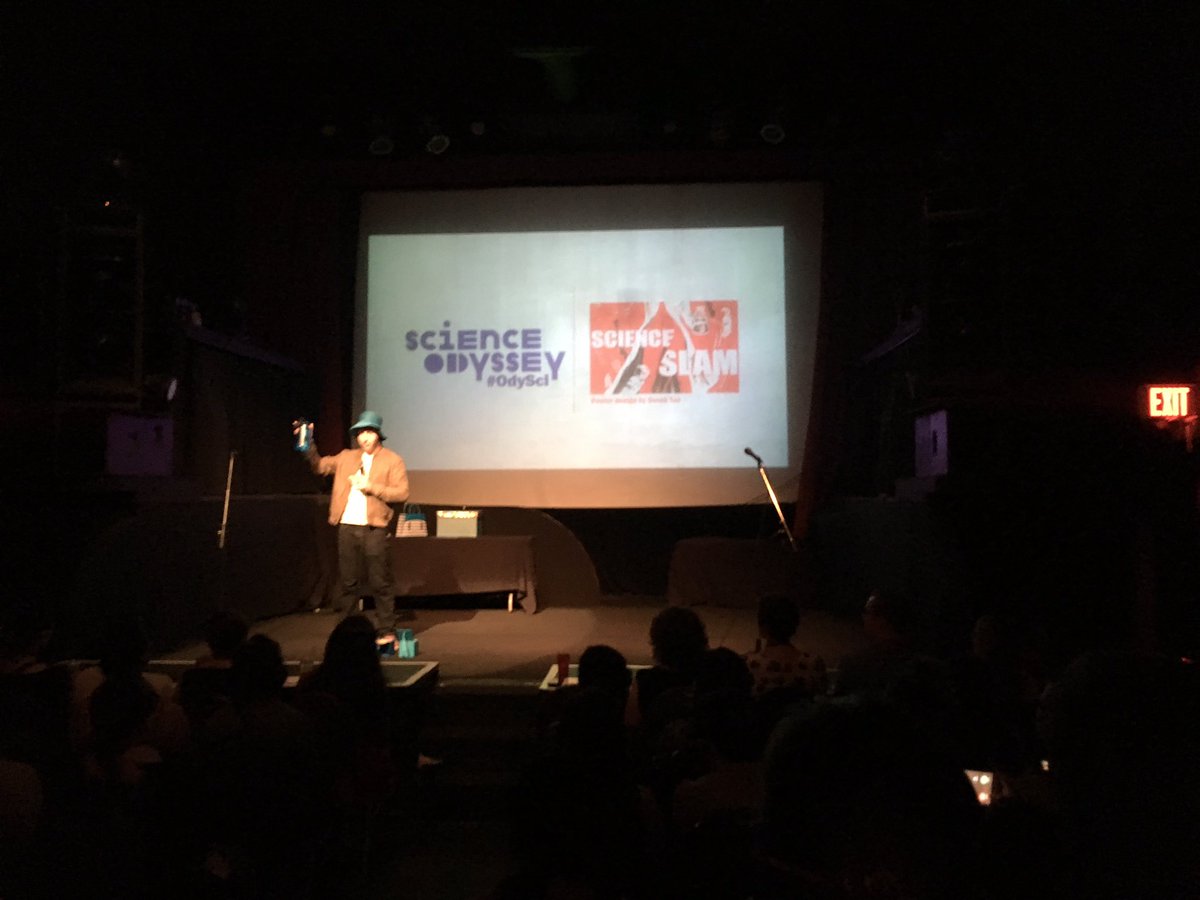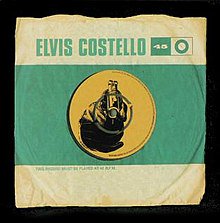We can only identify forequakes (smaller earlier quakes) retroactively.
It’s like a puppy kicks another, who then gets up and disturbs the rest of the pack. It’s all the same mechanisms, but we name the biggest movement as the main quake.
Environment strongly influences what types of characteristics you’ll see. Even then, individuals can surprise us.
Aftershocks decrease exponentially in both frequency & intensity — smaller puppy-wriggles to adjust less often.
Until the stress shifts & the pile awakens to start again.
The bigger the quake, the bigger the aftershock sequence. An M8 will have M7 aftershocks shortly after, but might still be triggering M3s a year later!
Like if a super-energetic puppy races by, you know the whole pack is riled up for a while.
P-waves: Alapaha, burly but surprisingly quick. These pressure waves push through it all & show up first.
S-waves: Dachshund, wriggly & cant swim. These shear waves scamper in second, but can’t get through the liquid outer core.
Like S-waves trigger P-waves at mantel-core boundary, dachshunds will find creative ways to interact with water so you never forget them.
Rayleigh: Shiba Inu. Unmistakable, stylish, and way too at peace with being weird. Rolls like the ocean.
Love: Huskies. Extremely precise movement, extreme destruction if you don’t pay attention & plan ahead.
You’ve seen puppies. You know how this happens.
Part of why we can’t predict exactly where/when a quake will happen is because we don’t know if a puppy will nudge a squishy belly vs kick a sensitive nose, or how much stress it takes to break.
That much energy has a lot of destructive potential, with a scary ability to cause harm. Preparation is essential.
How far is too far? What is negligible? What is a fault, exactly?
This is going to take a lot of puppies. Ready to unlearn & dig deeper?
Kinda like when you’ve got individual puppies, but they’re all together doing pretty much the same thing.
The San Andreas Fault is actually like a bajillion segments all tagged together — a run of puppies. Any could do their own thing, but they totally interact.
A wee puppy howl might set off the household pack, but not the whole neighbourhood. But a full-grown aroo from the mountains? That might start the whole forest singing.
Wee pup gave a howl & has packmates nearby, but everyone else stayed silent. For now. But why? & for how long?
It depends.
For howling, the same room for sure, maybe a neighbourhood, but def not across the state.
For quake stress, within a few km for sure, maybe a few hundred km for big fault systems & long times, but not a continent.
None of the (many!) geophysicists who chill with me on Twitter chimed in with objections or corrections to my Earthquakes As Puppies explainer.
I passed my live peer review!
(moar questions = moar pups)
Puppies you didn’t know you had will come running!
But sometimes we get intraplate quakes from relic faults (inherited pup), plate buckling (your heart was stolen by THAT pup), or human activity (puppy ads).

